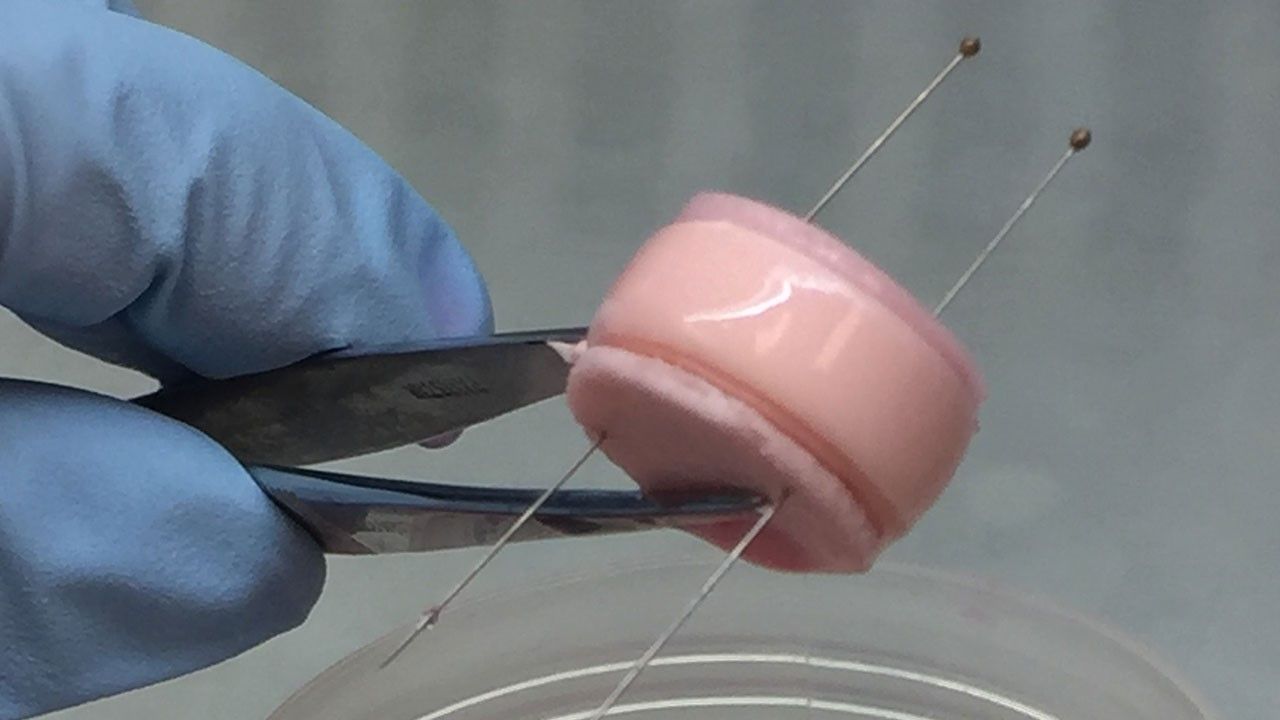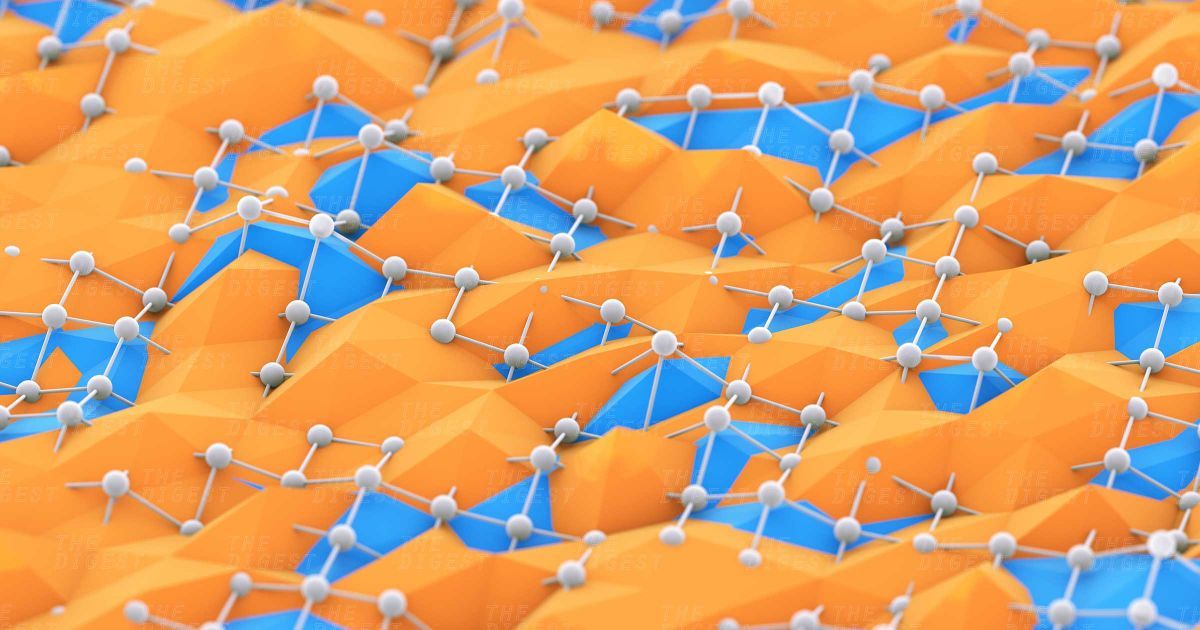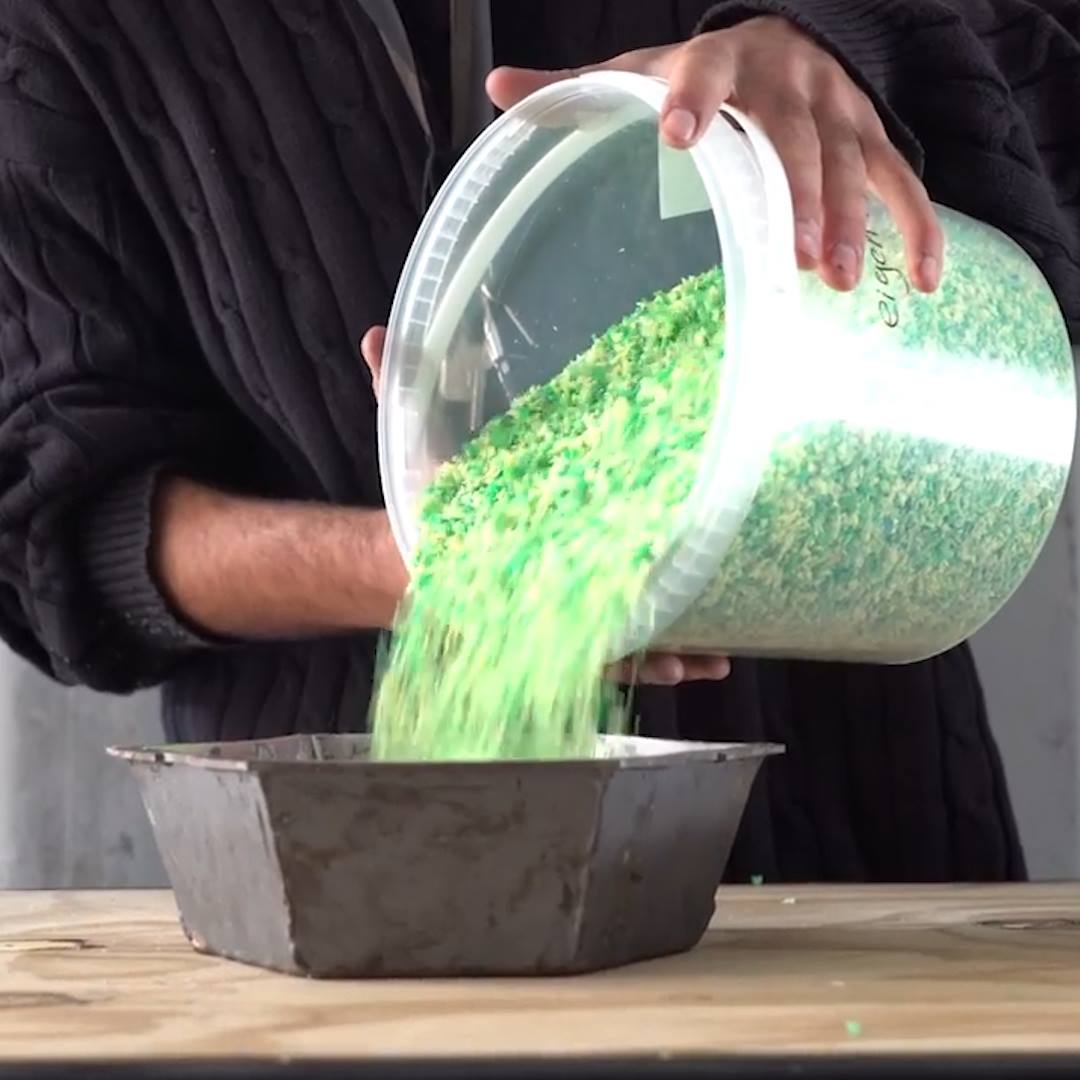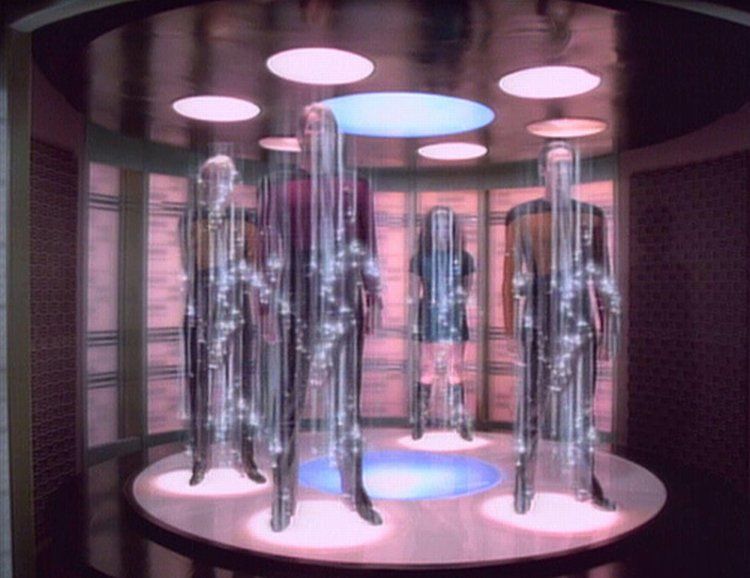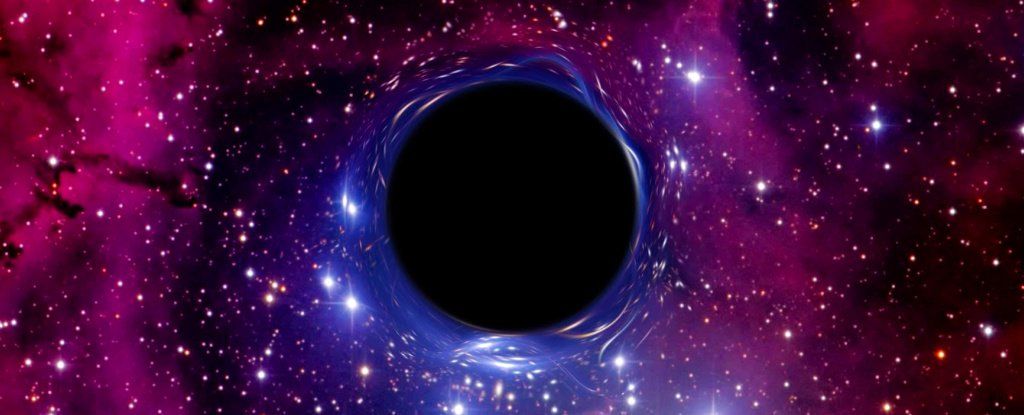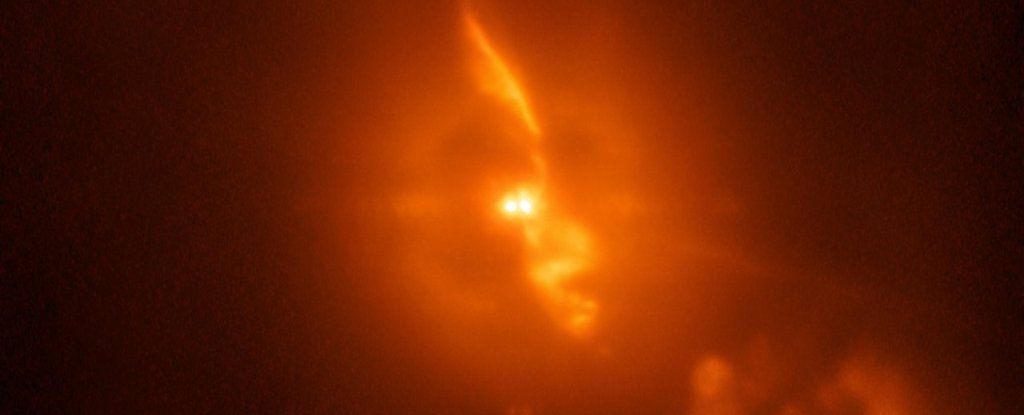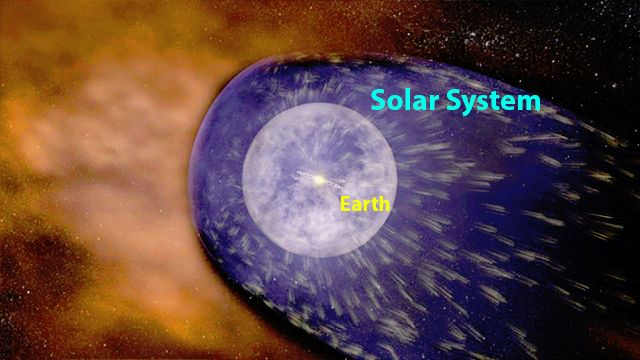Page 9193
Dec 16, 2018
United Therapeutics to Develop CollPlant Technologies for 3D Bioprinted Lung Transplants
Posted by Klaus Baldauf in categories: 3D printing, bioprinting, biotech/medical
United Therapeutics will license, develop, and commercialize CollPlant Holdings’ recombinant human collagen (rhCollagen) and BioInk technology for 3D bioprinting of solid-organ scaffolds for human transplants, the companies said today, through a collaboration that could generate more than $44 million.
Through its wholly- owned organ manufacturing and transplantation-focused subsidiary Lung Biotechnology PBC, United Therapeutics has been granted what the companies termed an exclusive license “throughout the universe” by CollPlant to its technology for producing and using rhCollagen-based BioInk for 3D bioprinted lung transplants.
Lung Biotechnology PBC is a public benefit corporation formed to address the acute national shortage of transplantable lungs and other organs with a variety of technologies that either delay the need for such organs or expand the supply.
Dec 16, 2018
This “Robotic Skin” Can Turn Pretty Much Anything Into a Robot
Posted by Shane Hinshaw in categories: robotics/AI, space
Dec 16, 2018
This machine lets your recycle plastic at home
Posted by Nicholi Avery in category: materials
Dec 16, 2018
Scientists Report Teleportation of Physical Objects From One Location To Another
Posted by Victoria Generao in categories: particle physics, quantum physics
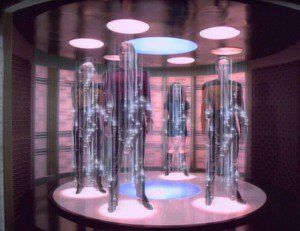 The concept of teleportation comes primarily from science fiction literature throughout human history, but things are changing. It’s 2015 and developments in quantum theory and general relativity physics have been successful in exploring the concept of teleportation for quite some time now.
The concept of teleportation comes primarily from science fiction literature throughout human history, but things are changing. It’s 2015 and developments in quantum theory and general relativity physics have been successful in exploring the concept of teleportation for quite some time now.
Today, numerous teleportation breakthroughs have been made. One example is the work of Professor Rainer Blatt, at the University of Innsbruck. They were successfully able to perform teleportation on atoms for the first time, their work was published in the journal Nature. They were able to transfer key properties of one particle to another without using any physical link. In this case, teleportation occurred in the form of transferring quantum states between two atoms, these include the atom’s energy, motion, magnetic field and other physical properties. This is possible due to the strange behavior that exists at the atomic scale, known as entanglement. It’s what Einstein referred to as a “spooky action.”
Another study was published by a team of University of Queensland physicists in the journal Nature in 2013 demonstrating the successful teleportation with solid state systems. A process by which, again, quantum information can be transmitted from one place to another without sending a physical carrier of information. This is the same concept, and is made possible through the phenomenon of entanglement.
Dec 16, 2018
Why Don’t Black Holes Swallow All of Space? This Explanation Is Blowing Our Minds
Posted by Xavier Rosseel in categories: cosmology, physics
Black holes are great at sucking up matter. So great, in fact, that not even light can escape their grasp (hence the name).
But given their talent for consumption, why don’t black holes just keep expanding and expanding and simply swallow the Universe? Now, one of the world’s top physicists has come up with a new explanation.
Conveniently, the idea could also unite the two biggest theories in all of physics.
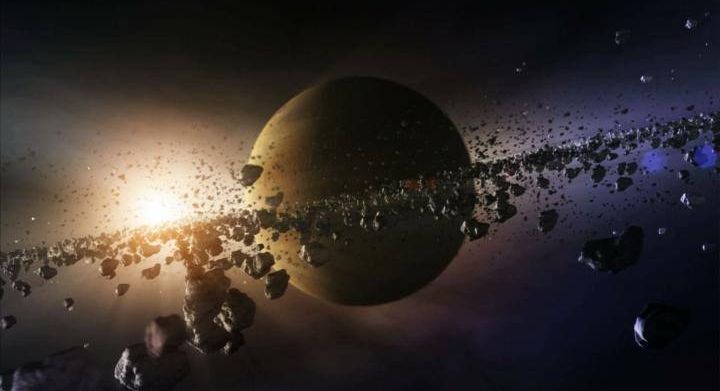
How are stars and planets born? What happens to its planets when a star dies?
Come along on an epic interstellar journey, billions of years long, through the life and death of a planetary system: https://go.nasa.gov/2EqOwlb
Dec 16, 2018
This Breathtaking Image Is a Real Photo of Two Stars Destroying Each Other
Posted by Genevieve Klien in category: space
The death of a binary star can be a spectacularly violent thing.
This picture shows the binary system R Aquarii, a red giant throwing off its outer envelope, which is being greedily cannibalised by its companion, a much smaller, denser white dwarf.
The dramatic moment you’re looking at unfolded just 650 light-years from Earth – practically right next door in astronomical terms, which is why astronomers have a keen interest in the event.
Continue reading “This Breathtaking Image Is a Real Photo of Two Stars Destroying Each Other” »
Dec 16, 2018
The Physics of Death (and What Happens to Your Energy When You Die)
Posted by Genevieve Klien in categories: life extension, neuroscience, physics, space
When we die, our energy is redistributed throughout the universe according to the law of conservation of energy. While this should not be confused with our consciousness living forever, our energy continuing after we’re gone could make death a less scary prospect.
Dec 16, 2018
Spacecraft may have found new evidence of ‘space wall’ on the edge of solar system
Posted by Genevieve Klien in category: particle physics
Nearly 100 times farther from the Sun than the Earth is, there’s a point where the charged particles from the Sun no longer reach into the uncharged particles of interstellar space, or the pockets of space that exist between the various star systems of the universe.
This point, known as a heliopause, marks the very edge of the solar system where human beings themselves live.
The heliopause border around the solar system was first “discovered” by scientists using NASA’s Voyager 1 and 2 spacecraft as far back as 30 years ago. But recently, a newer NASA spacecraft, the New Horizons space probe, has found actual evidence of that point in space.
